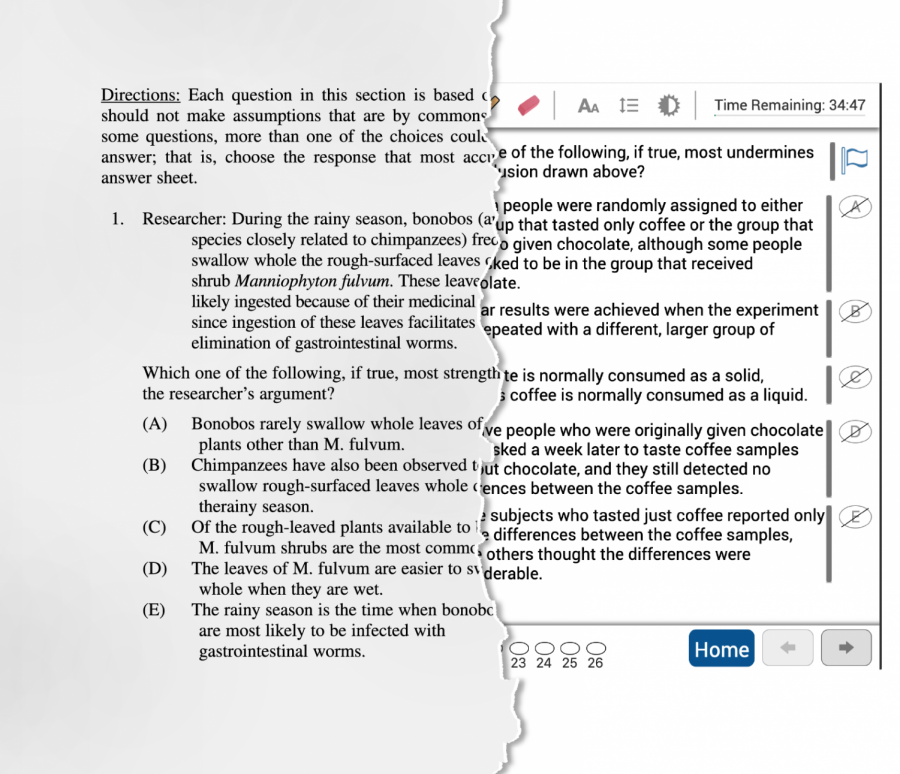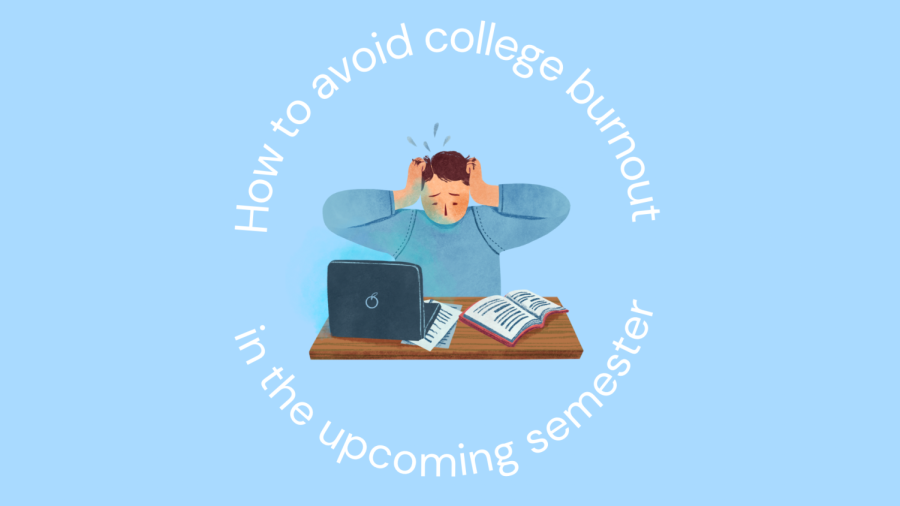The MCAT and GRE have already made the switch to digital. Now, the LSAT follows. Spinnaker reached out to Kaplan, an education service which prepares students for the LSAT, to get the swoop on the details.
According to Glen Stohr at Kaplan, this will be the biggest change to the LSAT since the early 1990s, which saw a change in the number and types of questions asked. This time, the change comes in the form of a tablet, which will replace the need for paper and pencil. The days of bubbling– and then panicking if you bubbled the wrong question and got thrown off– are over.

The tablet, a Microsoft Surface Pro, will be assigned to students taking the LSAT on their test day. The tablets only run the test and report to what Stohr referred as a “mothership computer” at the front of the room. The test proctor only needs to push a single button to start the test for everyone. A timer on the tablet keeps track of how much longer a test-taker has and gives a pop-up warning when only five minutes remain.
This, Stohr says, eliminates the anxiety of wondering if the proctor is going to write the time remaining.
Students who have taken the paper version of the test in the past or who have been studying for the LSAT before the switch to digital have nothing to fear. The number of questions and the question types are remaining the same. “Anybody who has practiced for logical reasoning questions or logic games are still going to see the same stuff,” Stohr said.
If you’re worried about your ability to highlight, underline, mark up, cross out potential answers you know to be wrong or any kind of test taking strategy you had for the paper version, then Stohr has good news for you: all of those tools exist on the digital version of the LSAT as well. In fact, a practice version of the digital LSAT exists on the Law School Admissions Council’s website where you can try these tools out for yourself and get a feel for them before your test day.
Accommodated testing has been taken into account as well. According to Stohr, someone who might need a large print test need only increase the font size on the tablet. Someone requiring a time-and-a-half will have it programmed right into their test.
Pretty much everyone is aware of the limits of technology– what happens if the tablet crashes? If it’s dropped and breaks? What happens to your test then? That’s where the mothership computer at the front of the room comes in. According to Stohr, a continuous save function will preserve a student’s progress in the test, and if something should happen to the tablet they start with, they will simply be assigned a new one that picks up exactly where they left off with all of their flagged questions and highlighted sections intact.
Still unsure if this change is one you can get on-board with? The digital format has been tested in comparison to the paper format by the Law School Admissions Council, and found that the scoring was comparable. The technical difficulties in the testing scenario of the test, Stohr said, turned out to be really low.
“In the long run, the things that can go wonky on your test date are more likely to be outside of the issue of whether your taking it on paper or tablet,” he said. “The bottom-line is: don’t spend your time worrying about something going wrong, spend your time getting ready to ace your test.”
More good news: the writing sample portion of the LSAT is now take-home.
“You still have 35 minutes to complete your essay,” Stohr said, “but now that prompt is on the computer and you can type your answer.”
According to the LSAC’s website, you will have up to one year to complete the writing sample starting from the day to take the multiple-choice section– to be aware, however, that your test will not be considered complete until you finish the writing portion. To be clear: the writing sample part of the test is not scored and never has been. Instead, it is an opportunity for law students to show their strong writing and analytical skills when it comes to admission into law school.
According to Kaplan’s data, around 71 UNF students applied for law school last year.
As a parting thought, Stohr had a Kaplan message for future test-takers:
“We have seen our MCAT students through the transition from a paper MCAT to a computer-based MCAT. We have seen our GRE and GMAT students through the transition from paper versions to the online and adaptive versions of those tests. We know how to get people through test changes. We know how to help you. All of what you learned before that is applicable will help you preserve and apply that and what you need to know for the new format will bring that to you.”
“Number one message: don’t panic about the change in format. Really practice on the change in format, really practice the skills and strategies you need, and then come to us and we will see you through all of the practice and the specific digital skills you need. We’ve got that all in hand for you and we will really get you ready to thrive on test day.”
__
For more information or news tips, or if you see an error in this story or have any compliments or concerns, contact editor@unfspinnaker.com.















